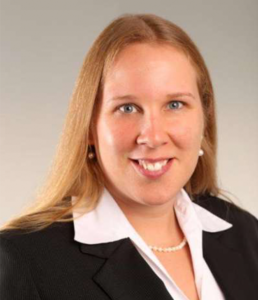
The Governmental Accounting Standards Board (GASB) issued GASB Statement #101, Compensated Absences in June 2022. We have a summary of this statement, how it will affect your organization’s financial reporting, and how you can prepare for implementation.
What is the objective of GASB 101?
The purpose of GASB 101 is to address and update the recognition and measurement guidance of compensated absences while refining the related disclosure requirements. GASB 101 aligns guidance under a unified model while amending certain previously disclosures.
What are the key parameters of GASB 101?
- GASB 101 requires an organization to recognize a compensated absence liability for 1) leave that has not been used but is more likely than not (i.e. likelihood is greater than 50%) to be used or settled in the future; 2) leave that has been used but not yet paid in cash or settled (including salaries and applicable payroll taxes). Examples of compensated absences include vacation (or annual) leave, sick leave, holidays, etc.
- A liability should be recognized for leave that has not been used if (a) the leave is due to services already rendered, (b) the leave accumulates, and (c) the leave is more likely than not to be used for time off or otherwise paid in cash or settled through noncash means.
- Liability for certain types of compensated absences—including parental leave, military leave, and jury duty leave—are not to be recognized until the leave commences and is used. For measuring liability for leave that has not been used, use the employee’s pay rate as of the date of the financial statements.
- Leave that is more likely than not to be settled through conversion to defined benefit postemployment benefits should not be included as a liability for compensated absences.
- A liability for leave that has been used but not yet paid or settled should be measured at the amount of the cash payment or noncash settlement to be made. Certain salary related payments that are directly and incrementally associated with payments for leave also should be included in the measurement of the liabilities.
- Expenditures should be recognized for the amount that normally would be liquidated with expendable available financial resources.
- For the notes to financial statements, GASB 101 amends the existing disclosure guidance by now only requiring disclosure of the net change in the liability (instead of showing gross additions and deletions), as well as no longer requiring to disclose which governmental funds are used to liquidate liability.
When is GASB 101 effective?
GASB 101 will be effective for fiscal years beginning after December 15, 2023, and all reporting periods thereafter. Earlier application is encouraged.
What Should Your Organization Do to Prepare for GASB 101?
We recommend you start preparing now. GASB 101 requires an organization to accrue employee leave differently than in the past, especially leave that wasn’t paid out at termination (such as “use it or lose it” leave). Under GASB 101, an organization must now analyze how much of the employee leave balances at year end are more likely than not to be used as time off in future reporting periods. This analysis will take time, and you may need to compile historical data to analyze use trends, by type of employee (for instance, how much uniform and non-uniformed employees use sick leave in the subsequent year regardless of whether they receive payments for such leave at termination).
In estimating the leave that is more likely than not to be used or otherwise paid or settled, you should consider criteria such as policies (which may differ by employee class) related to compensated absences and how your organization has typically handled payment of compensated absences. You may consider amending your PTO policies for improved clarity and streamlining of your financial reporting. Also, be sure to document the factors considered in the estimation process (such as the trends, relevant historical information, and how the information was obtained), as well as flow assumptions.
Be sure to reach out to your audit team with any questions during the process.


